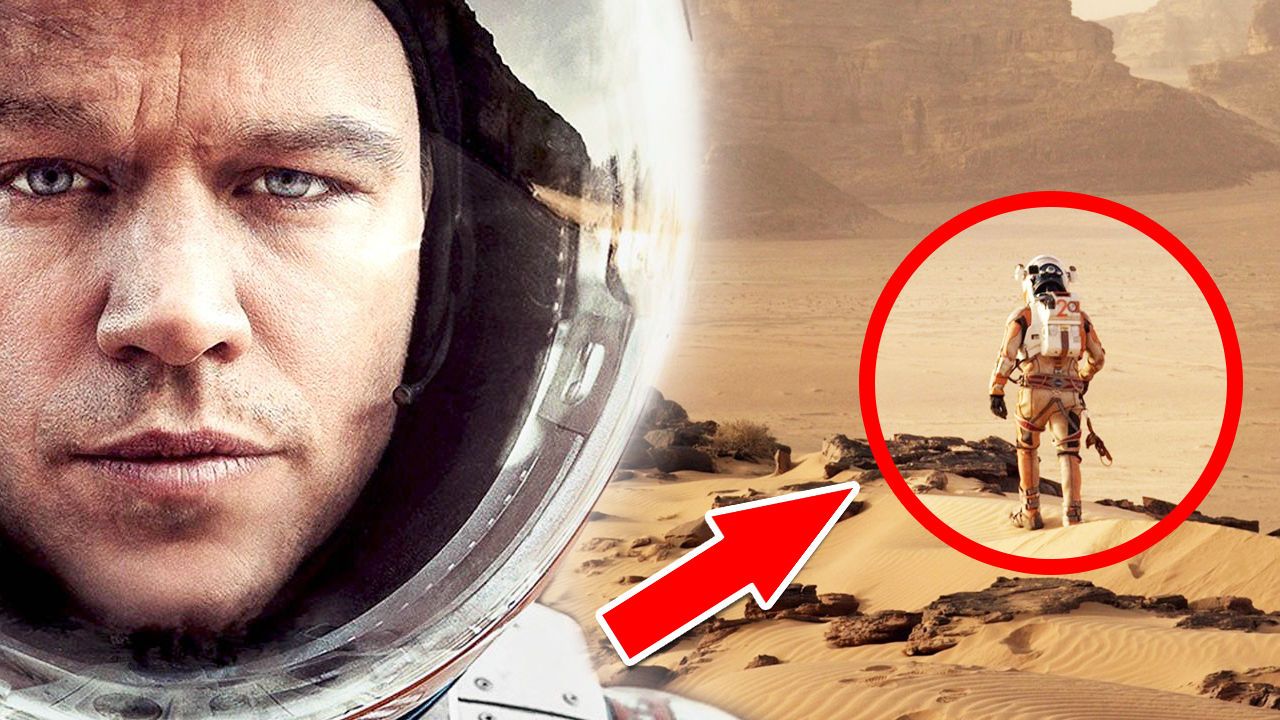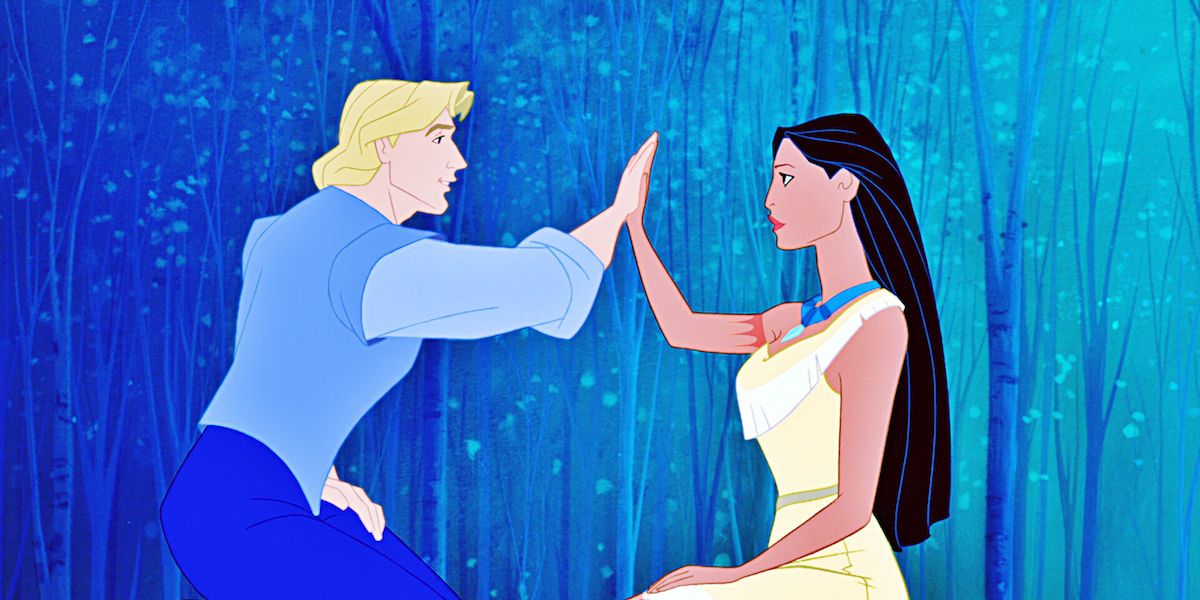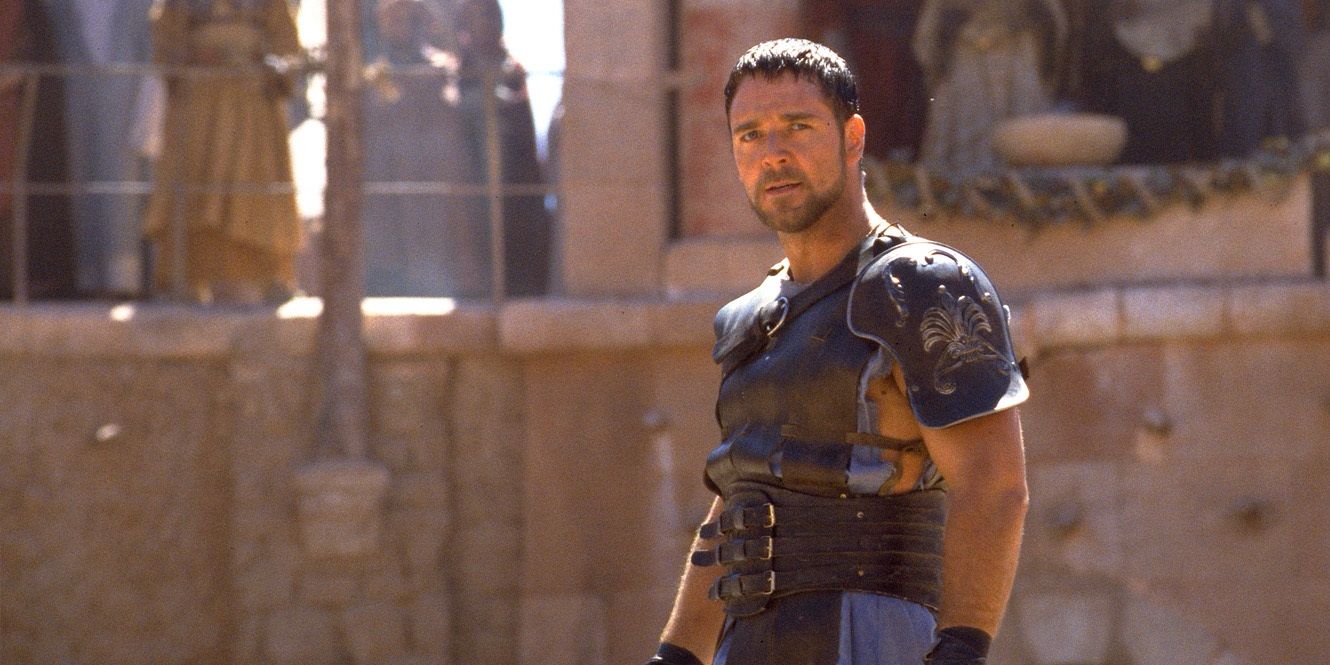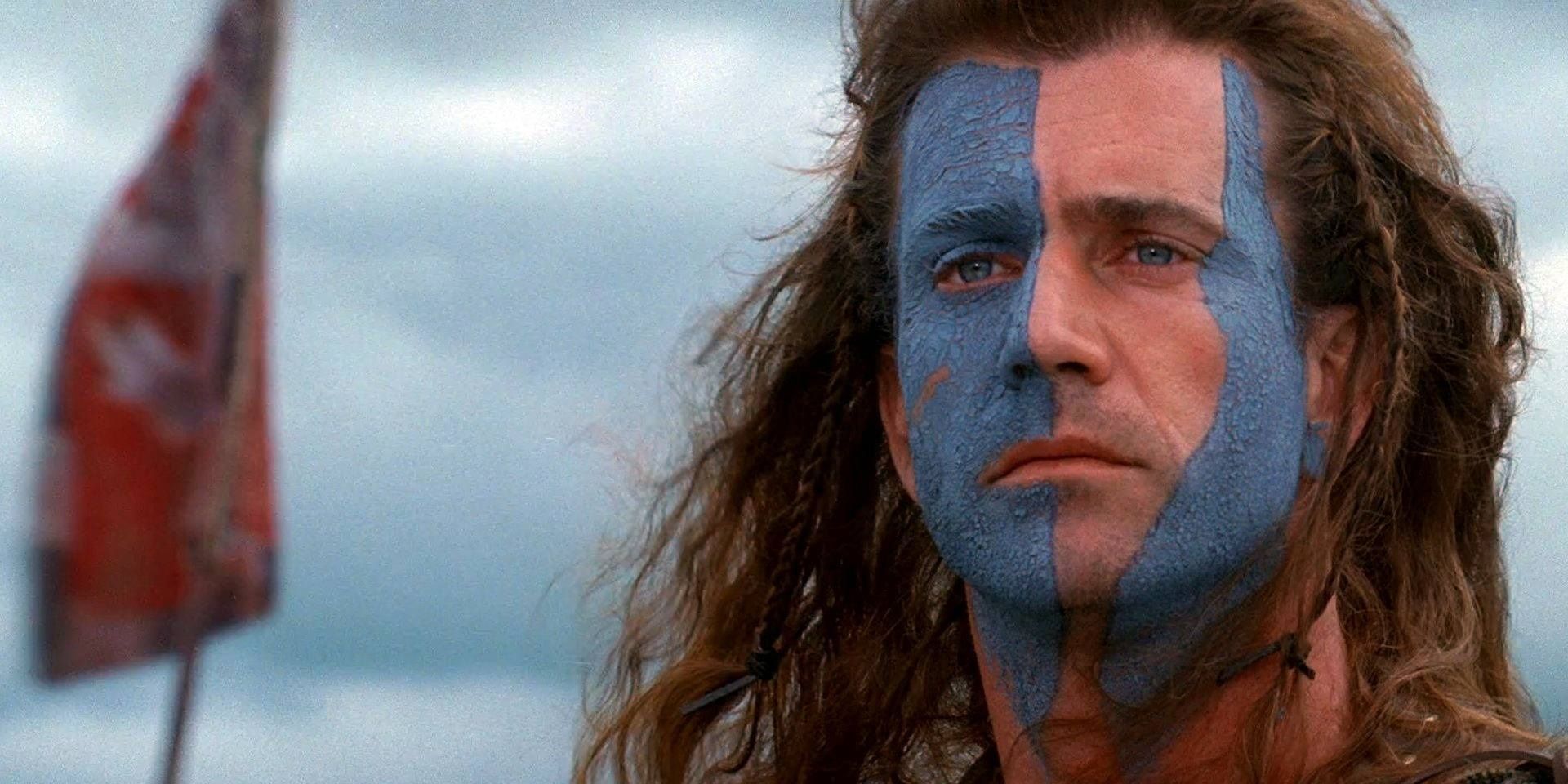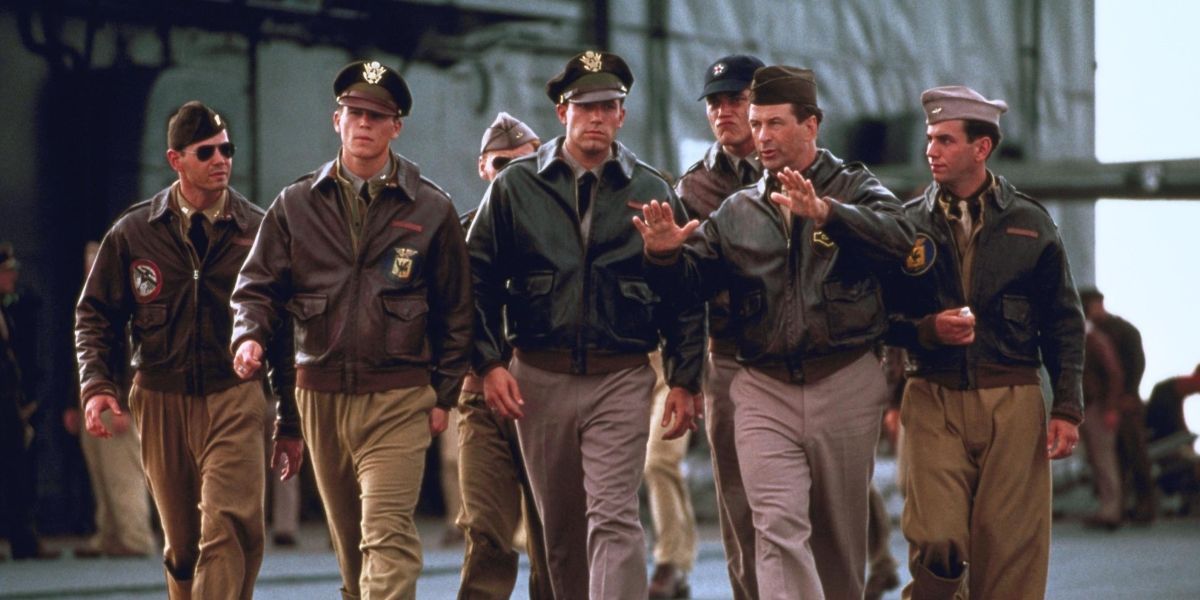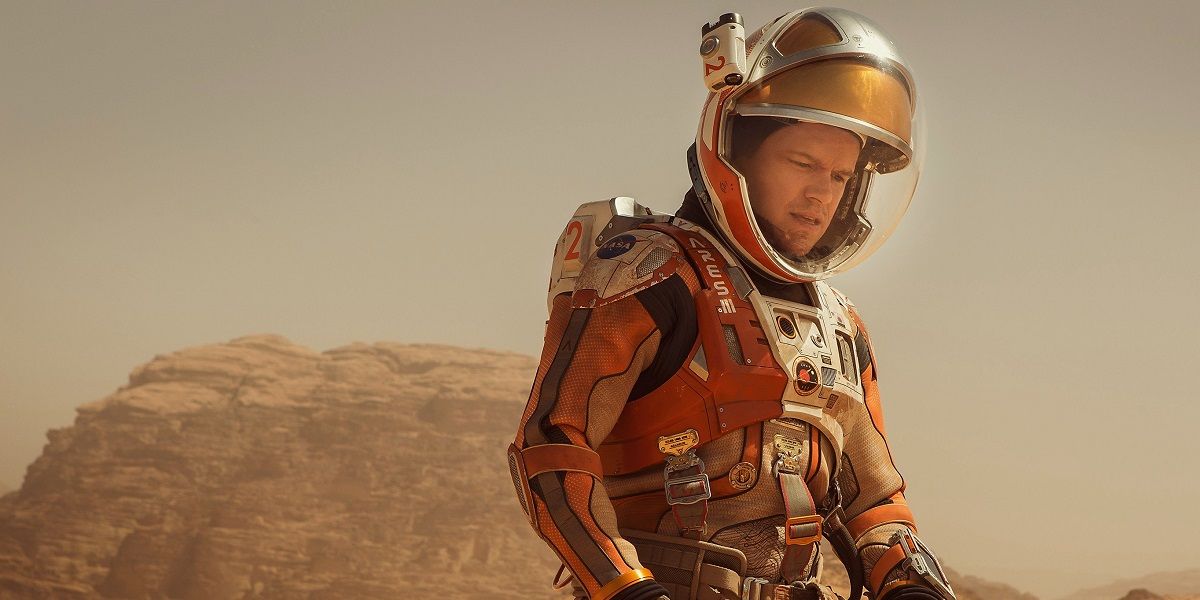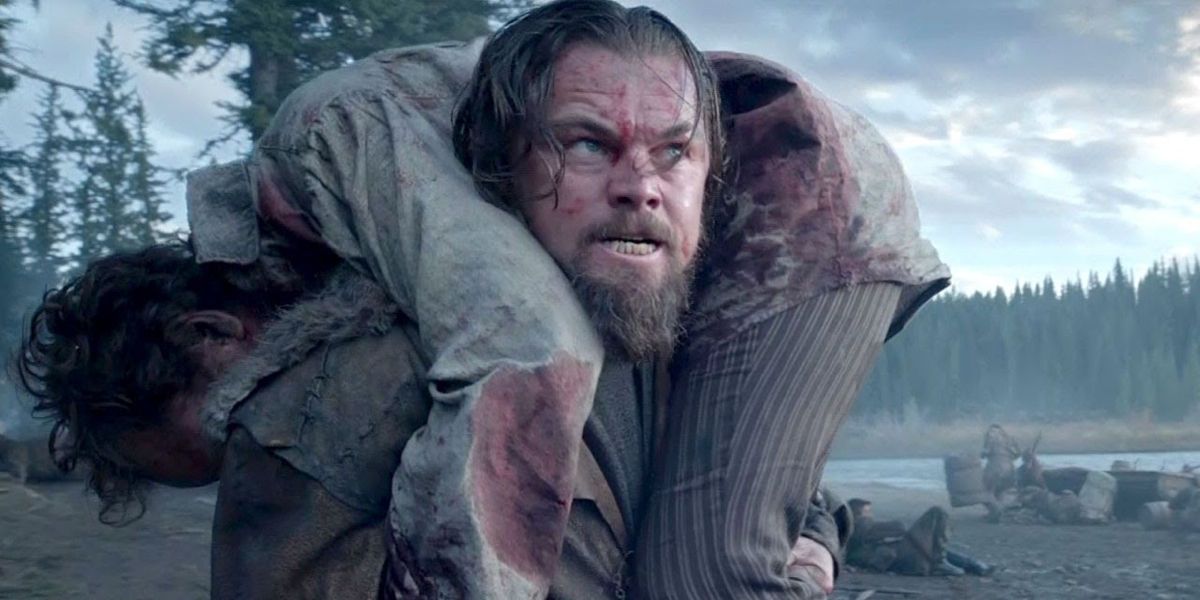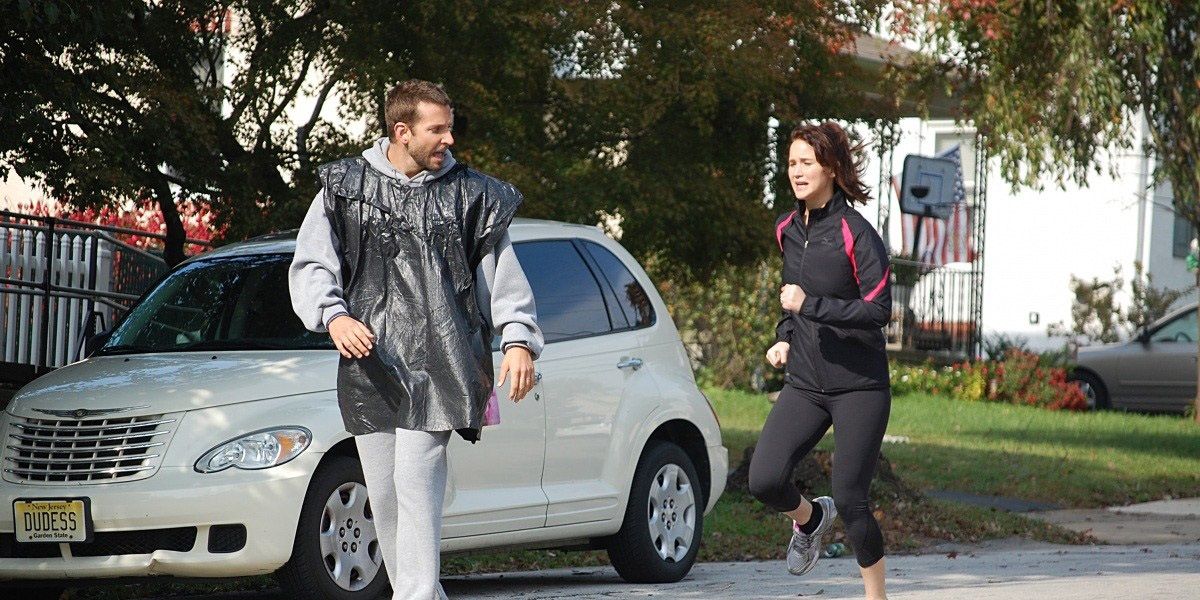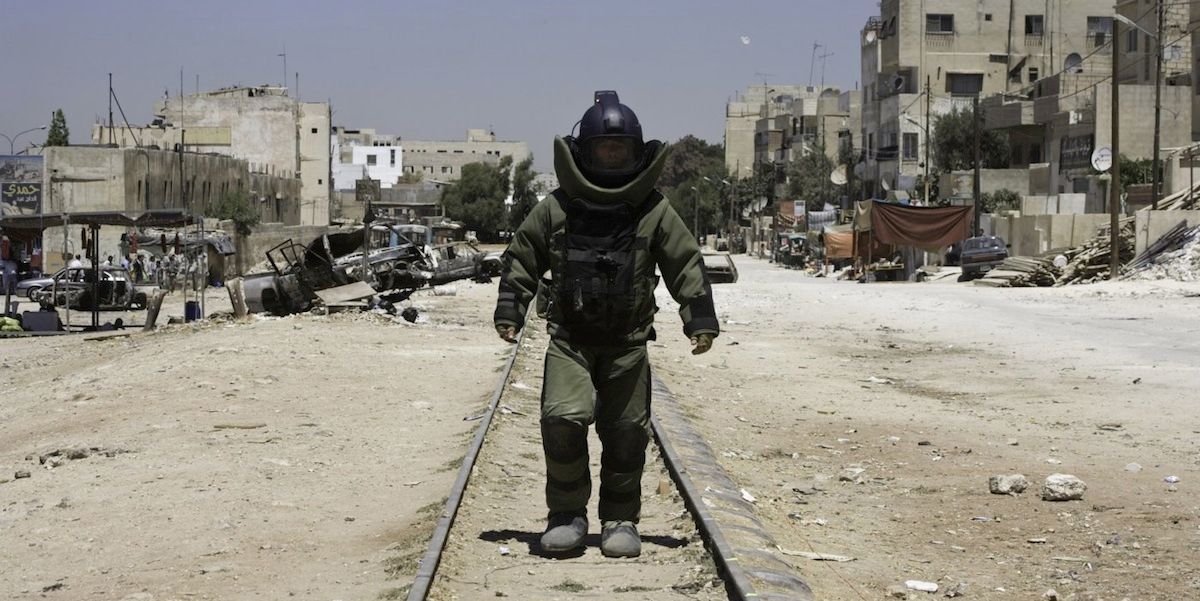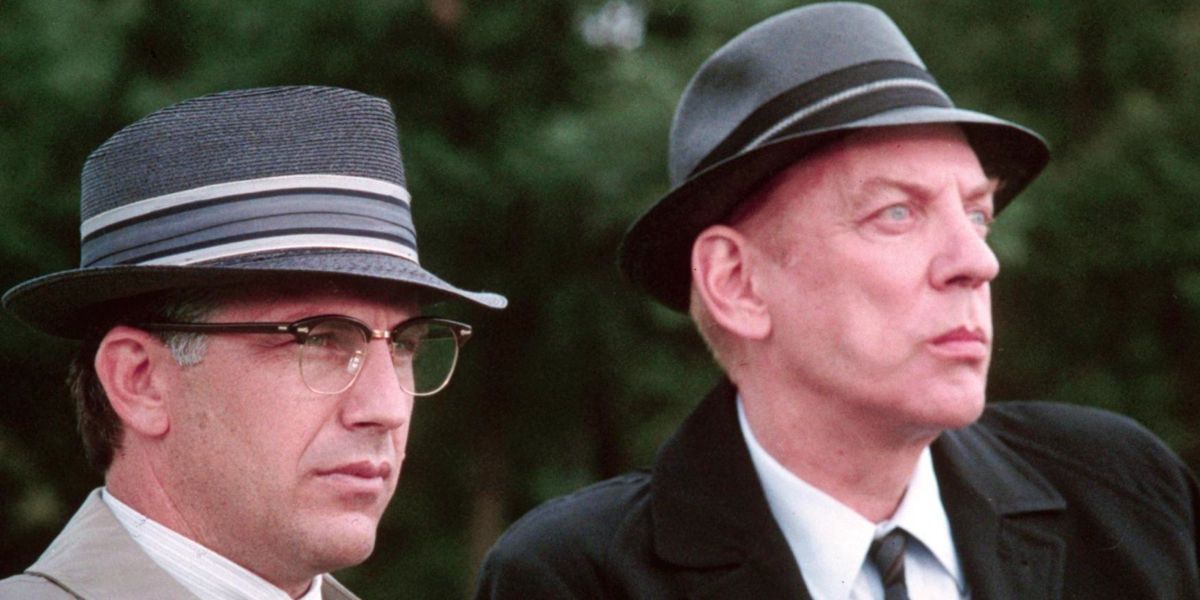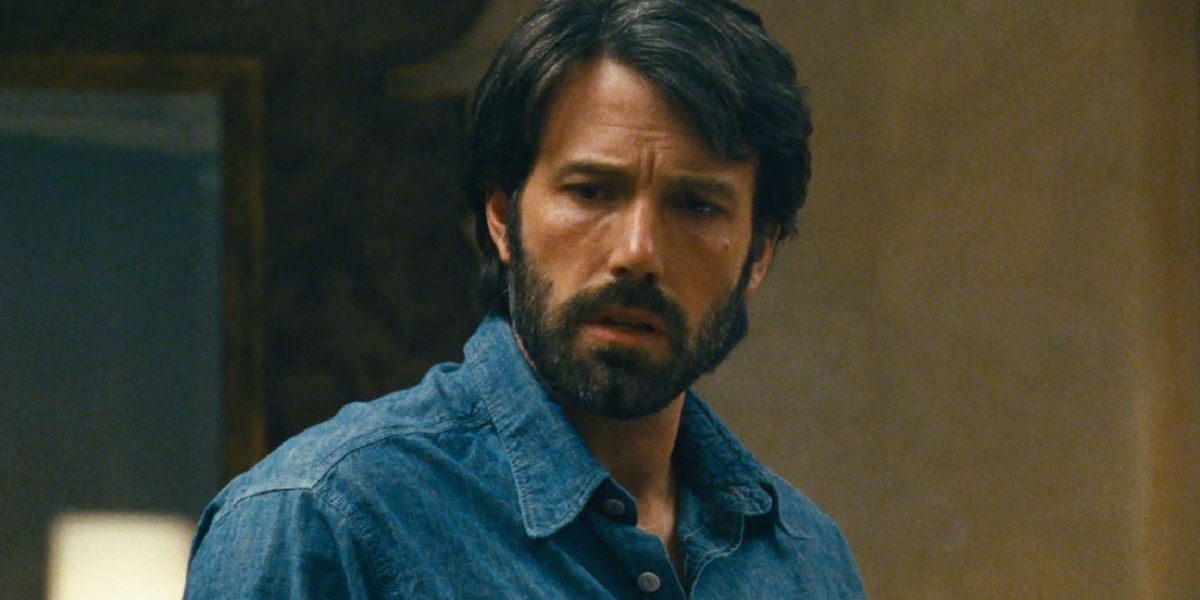Sometimes truth is stranger than fiction, so Hollywood likes to makes movies from actual events. But when viewers see the famous card title saying "based on a true story," they know what they're about to see isn't how everything really went down. Filmmakers use their artistic license to spice things up and make their film's story more interesting.
Often times, these slight alterations can make for a better movie from a purely cinematic perspective. Casual audiences are accustomed to narratives with three acts, and real life doesn't always cooperate in that regard. Still, some directors take their freedoms a little too far, and certain moviegoers are unhappy with the decisions they make.
Here are Screen Rant's 10 Biggest Inaccuracies in Popular Films.
Pocahontas
Disney's animated tale was sold as a love story between Pocahontas and John Smith, but if the Mouse House used the hard facts as their basis, that would have turned out extremely creepy. The film shows both characters as adults, but Pocahontas was only a child (10 or 11 years old) at the time she met Smith. Historians also dismiss the romance that blossomed between the pair, saying that the two were just friends and (thankfully) nothing more.
It is true that Pocahontas married a British man when she grew up, but it was John Rolfe who won her heart, not Smith. Pocahontas' depiction of real-life figures did not sit well with many, who believed that it gave children in the audience the wrong idea of what actually happened. At least the film was not marketed as an educational tool, but they do have a solid point there.
Gladiator
Even though Ridley Scott used an historian to make sure his Oscar winning Gladiator was as accurate as possible, there were some major aspects that slipped through the cracks. The film features battles that never happened, German shepherd dogs (even though they didn't exist at the time), and Latin inscriptions with grammatical errors. Gladiator also condenses Emperor Commodus' 13-year reign into a period of at the most 2 years.
In addition, the actual portrayal of Commodus was incorrect. The most glaring inaccuracy is that the real Commodus did not kill his father. The actual emperor was also more physically fit and had a wife. Fortunately for Scott, the Academy doesn't take historical accuracy into account when voting for Best Picture, and it never claimed to be based on a true story. With that in mind, most viewers were able to look past the mistakes and be entertained by what they saw.
Braveheart
Similar to Pocahontas, Mel Gibson's Braveheart is based on real people, yet fabricates most of the story. The relationship between William Wallace and Isabella was a little hard for some to take seriously, since the actual Isabella was just a baby during the time the film was set. Also, Edward II is shown as an adult, but he was only a teenager in real life. Character ages were hardly the only inaccuracy Gibson put into his film.
Arguably the most egregious is the dynamic between England and Scotland, which serves as the crux for the narrative. The two countries enjoyed a period of peace for about a century before the movie's events, and the Scottish people would never claim that their nation was never free. That revelation takes the punch out of Wallace's emotional speech in Braveheart, but the film still has plenty of artistic merits.
Pearl Harbor
Looking to the Titanic formula for inspiration, Michael Bay tried his own hand at a fictional love story set amidst an actual tragedy when he made Pearl Harbor. Even though the film featured people that didn't really exist, the director still found a way to upset historians. The action hardly resembles what happened on December 7, 1941; lead pilots Rafe and Danny shoot down several enemy planes during the attack, but the actual American heroes destroyed far fewer. In addition, no fighter pilots would be sent to Tokyo to serve as bomber pilots, making the entire premise moot.
History was also unkind to one of Pearl Harbor's most patriotic moments, where crippled president Franklin D. Roosevelt stands up from his wheelchair to illustrate that anything can be done. While it's a rousing, emotional scene, there's no evidence to suggest that Roosevelt would get out of his wheelchair at any point, so it was just something Bay designed for the movie.
The Martian
This space survival thriller got a lot of praise for its realistic depiction of space travel, but Ridley Scott had to make a few things up for the film. While he's on the red planet, Mark Watney is shown walking around normally like he would on Earth, suggesting that the gravity between the two worlds is identical, or at the very least, extremely similar. Unfortunately, this is not the case - and the truth would have made for a very interesting ride, indeed.
Mars' gravity is actually 62 percent weaker than on Earth. This means that Watney should have been bouncing around the surface during his extended stay on the planet instead of remaining on the ground. However, that element would have complicated things while filming, so one can understand why Scott went in a different direction. It's a minor detail that many won't stop to think about, but any NASA junkies in the audience may find it a bitter pill to swallow.
The Revenant
Much of the marketing for the Oscar frontrunner explained how the cast and crew were dedicated to making everything seem real while filming. However, that did not extend to the screenwriting portion of the production. Among the liberties taken was the notion that protagonist Hugh Glass had a son who was murdered by John Fitzgerald; in real life, there's no evidence to suggest he had any children at all. And if the team stuck to the facts beyond that, The Revenant would have been a far less engrossing movie.
The main plot involves Glass embarking on a quest to get back to civilization so he can kill Fitzgerald and avenge his son. It's true that the real Glass was left behind by Fitzgerald and Jim Bridger as shown in the film, but he never tried to get revenge on them. When Glass caught up to the pair, he simply forgave them for what they did and moved on. That's hardly the stuff of compelling drama, however, so there really was no choice but to loosely base the story on the true tale of Glass.
Silver Linings Playbook
Though fictional, Silver Linings Playbook is set during the 2008 sports season, with Philadelphia teams playing a large role in the overall narrative. In the age of Google, looking up the game results should be easy, but it's something director David O. Russell struggled with. While the Eagles games mentioned in the movie did happen, they are out of order when compared to the actual schedule. This is an odd inaccuracy, since the score results matched real life.
Silver Linings also gets a crucial gambling element wrong. Even though he constantly bets on Eagles games for income, Pat, Sr. doesn't know how point spreads work. During a heated family discussion, Pat decides to place a bet on the upcoming Eagles/Cowboys game, saying that the spread is 1.5. At the time of the scene, that particular contest was seven weeks away. For obvious reasons, no sports book would have a gambling line in place for the game that far ahead in advance. So where does Pat get his information from?
The Hurt Locker
Audiences were rocked by Kathryn Bigelow's harrowing depiction of war in the Middle East, but the soldiers that actually served were far from impressed. The film was criticized for several military inaccuracies, including the role bomb disposal squads played in the conflict, the uniforms the troops wore, and the tactics that were on display. Some veterans found the film's events disrespectful, and it was troubling to see so much wrong. Screenwriter Mark Boal was embedded with a bomb unit in Iraq, so American military members felt he should have done a better job getting the details correct.
One sequence that particularly upset soldiers was when William James leaves his base to go searching for the young boy Beckham and then returns without showing any identification. Unless he wanted to purposely be court martialed or killed, he would not have acted this way. In addition, the guards on duty would probably have shot him on sight or refused to let him back in.
JFK
There are numerous conspiracy theories regarding the assassination of John F. Kennedy, and Oliver Stone had one of his own when he directed the film JFK. The movie is based on the idea that the FBI and the CIA were involved in a plot to kill Kennedy, even going as far as to suggest Lyndon B. Johnson participated in the cover-up.
Some historians felt that Stone ignored some truths to support the agenda of his project. JFK shows David Ferrie admitting that he assisted in the conspiracy to assassinate the president, but in reality he denied his involvement and volunteered to take a lie detector test to prove his innocence. Even the Warren Commission feels that the film is fraudulent, so it may be best to believe them and not the movie.
Argo
The film industry played a large role in getting the hostages home during the crisis, but Argo really runs with that idea at the expense of other parties. Some felt that the Canadian government was downplayed in the movie, painting the CIA as the most noteworthy heroes. Even after Ben Affleck added a title card describing how the Argo operation was an illustration of the two countries working together, not everyone was pleased with the treatment of the Canadians.
Early on, the film also mentions that both the U.K. and New Zealand refused to take the American hostages, but that wasn't true. The British hosted them initially before the location was deemed unsafe, and New Zealand organized a new hiding place in case the hostages had to be moved again. Fudging the facts a bit is part of any "true story" film, but this is rewriting history at the risk of upsetting others.
Conclusion
Those are our picks for the biggest inaccuracies in popular films. Are there any we missed? Which ones shock you the most? Sound off in the comments section below and be sure to subscribe to our YouTube channel for more videos like this one!

